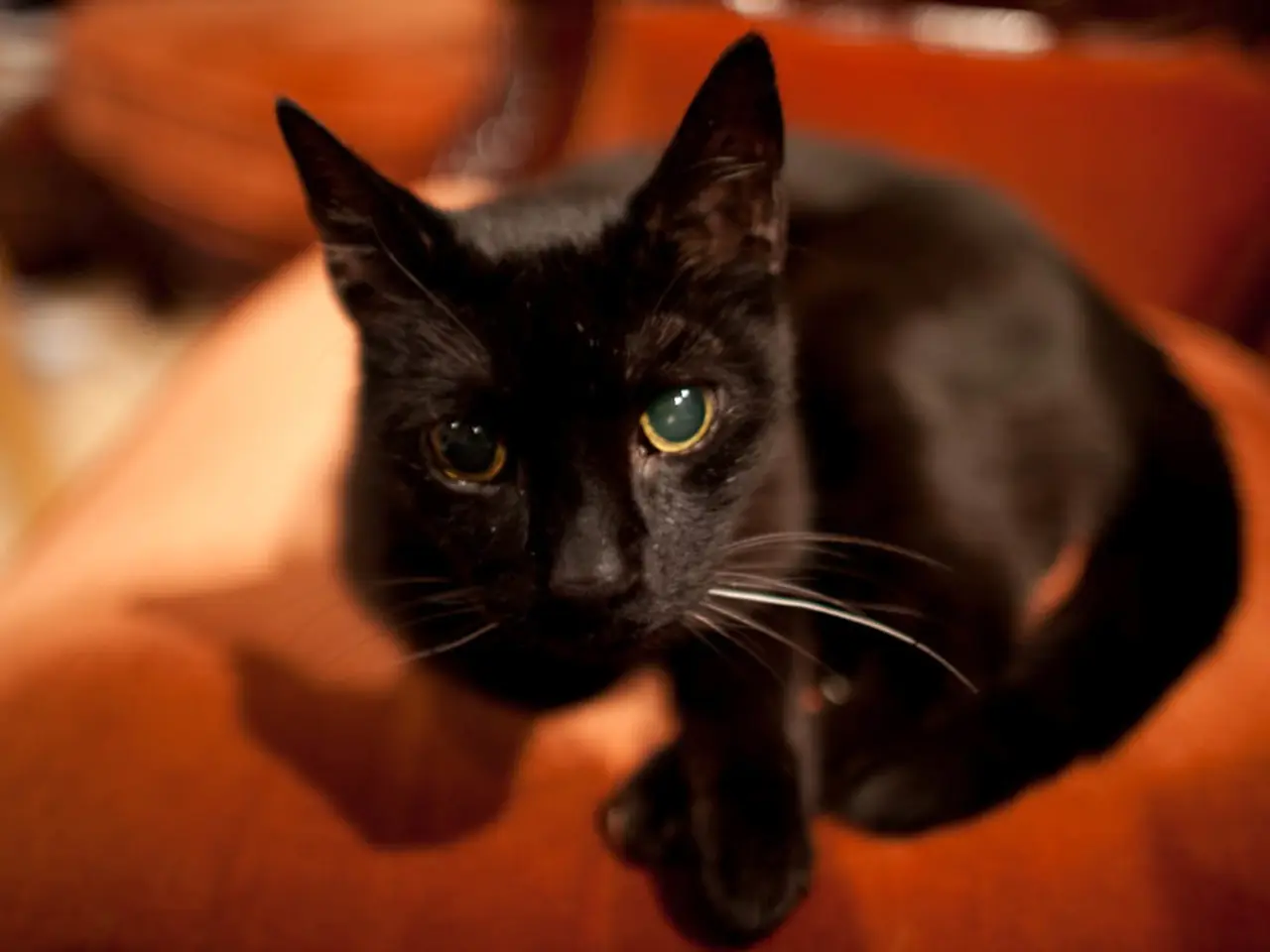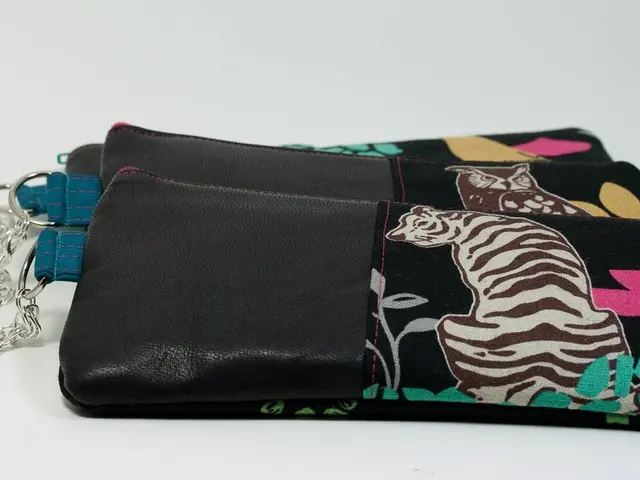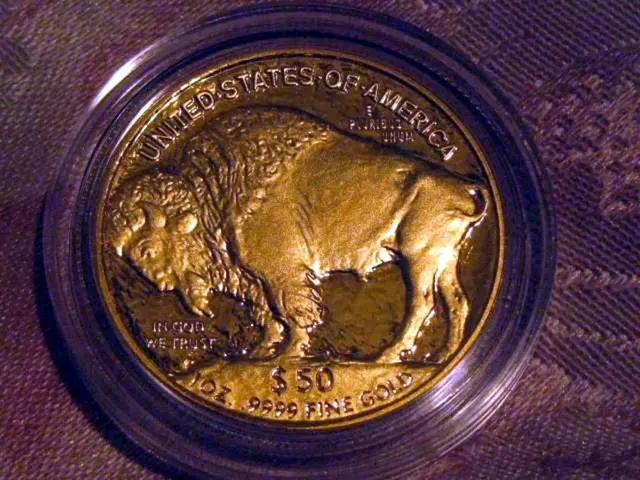Ginger-colored orange cats possess their distinctive hue due to a specific gene deletion
In a groundbreaking study published in the June 23 issue of Current Biology, two teams of researchers have uncovered the genetic mystery behind the distinctive orange fur of cats. The findings, which were independently confirmed by a team in Japan and a group led by Dr. Kaelin and Dr. Barsh at Harvard University, reveal a unique DNA deletion that is responsible for the ginger hues seen in felines.
The study found that all orange cats from a global database of 258 kitties shared this specific DNA deletion, while non-orange ones lacked it. This deletion, about 5,000 DNA base pairs long, was found near the gene called Arhgap36 in the examination of about 30 cats.
The Arhgap36 gene, it turns out, plays a crucial role in the production of a protein in pigment-making cells. In these cells, the protein stops genes needed to make the brown-black pigment from turning on, allowing a yellow-red pigment to be produced instead. This is the reason for the ginger fur in cats.
Interestingly, the gene responsible for orange fur in cats is located on the X chromosome. This means that if the ginger fur gene were on the X chromosome, then male cats with that trait would be completely orange, while female cats would need both X chromosomes to carry the orange trait to be fully ginger.
The color pattern seen among cats follows this pattern: most completely orange cats are male, while most multicoloured cats are female. Even multicoloured cats with a few ginger patches, such as calicos and tortoiseshells, have this mutation.
This DNA deletion makes cells in cats' hair-growing structures produce a yellow-red pigment instead of the default brown-black hue. This is unique to domesticated felines, as most other mammal species do not get ginger hair based on their sex.
The suspected ancestor of red-colored cats who carried the mutated Arhgap36 gene in his genome lived more than 900 years ago is the European wildcat (Felis silvestris). The trait was passed down from this ancestral cat, according to Kaelin, Barsh, and their team-mates.
Arhgap36 was not previously known to be involved in a cat's coloring. The findings of these studies not only provide insight into the genetics of cat fur colour but also open up avenues for further research into the role of this gene in other biological processes.








